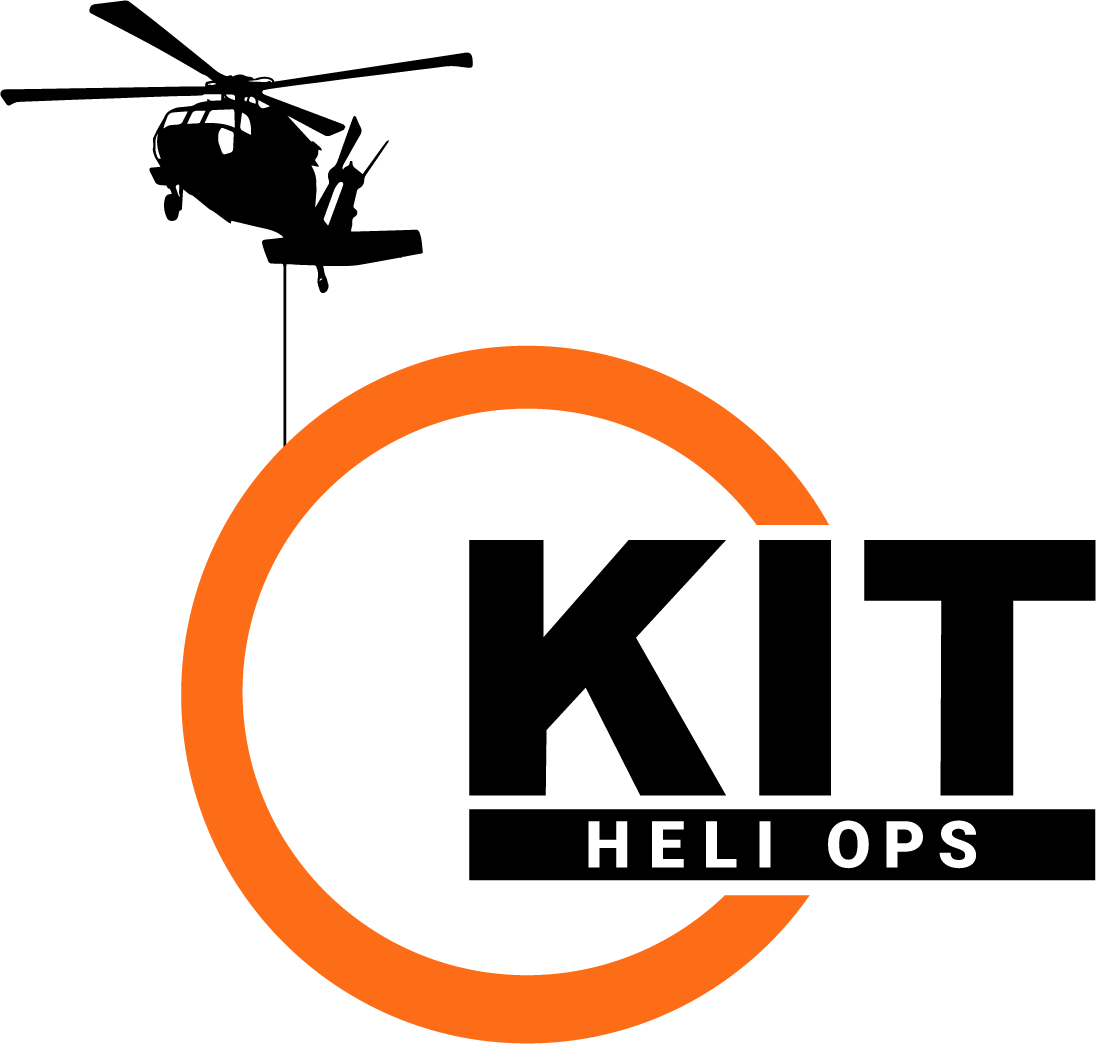H-125 Longline Accident
HESLO AS350 Fatal Accident Positioning with an Unloaded Long Line
Posted by Aerossurance on Mar 18, 2023 in Accidents & Incidents, Helicopters, Logistics, Safety Management, Special Mission Aircraft, Survivability / Ditching | 0 comments
HESLO H125 / AS350B3e N755AE Fatal Accident Positioning with an Unloaded Long Line
On 29 July 2020, Airbus Helicopters H125 / AS350B3e N755AE of St Louis Helicopter was destroyed, and the two occupants killed, in an accident near Pioche, Nevada.
Wreckage of St Louis Helicopter Airbus H125 / AS350B3e N755AE (Credit: FAA)
According to the US National Transportation Safety Board (NTSB) safety investigation report (issued 16 March 2023) the helicopter had landed on a mountain ridge (at an elevation of c 6,741 ft AMSL) during a survey prior to Helicopter External Sling Load Operations (HESLO) schedule for that day to move equipment to a mobile phone cell tower site. The accident flight was to be a c3 minute flight down from the ridge to a fuel truck to refuel (the fuel truck had been unable to drive any closer to the work site). On board were the pilot (owner of the company and who had 12,500 hours of total flight time) and a passenger.
A witness reported that…a cable that was laid out on the ground in front of the helicopter. The pilot stated to him that the cable was 70 feet long. The witness left the pilot and passenger at the helicopter and drove away; shortly thereafter, he received a phone call about smoke in the vicinity and learned that the helicopter had crashed.
The helicopter came to rest on its right side in heavily wooded terrain 630 m (1/3 mile) from the fuel truck..
Wreckage of St Louis Helicopter Airbus H125 / AS350B3e N755AE (Credit: FAA)
The aircraft was equipped with a Crash Resistant Fuel System (CRFS). This suffered some impact damage, but there was no evidence of any fuel loss.
Fuel Tank of St Louis Helicopter Airbus H125 / AS350B3e N755AE (Credit: Airbus)
Examination revealed that the long line was entangled with the tail rotor, which had separated from the helicopter.
Long Line Entangled Tail Rotor of St Louis Helicopter Airbus H125 / AS350B3e N755AE (Credit: Airbus)
One tail rotor blade remained attached to the tail rotor; the other blade was not located. The tail boom was broken off and partially attached at the lower aft bulkhead by control cables.
The tail cone/vertical fin assembly was found about 365 ft from the main wreckage and exhibited evidence of cable abrasion.
Cable Abrasion Marks on Wreckage of St Louis Helicopter Airbus H125 / AS350B3e N755AE (Credit: Airbus)
The engine data recorder…indicated that the engine was placed in flight, then reduced to idle near the end of the recording. During this sequence, the main rotor speed decayed below that necessary to maintain lift.
Examination of the flight controls and engine, as well as review of recorded engine data, revealed no evidence of mechanical anomalies that would have precluded normal operation.
The helicopter was equipped with an Appareo Vision 1000 cockpit video recording device. The removable memory SD card was found to be blank. When the internal memory card was downloaded it contained data from 25 January 2020, 6 months earlier. Appareo identified several electrical system reasons this may not have occurred (including the circuit breaker being open). However:
A return trip to the accident helicopter at the wreckage facility was attempted, however due to COVID-19 travel restrictions, and other factors, it was not conducted…
So we are sadly none the wiser on this failure.
NTSB conclude that…
…it is likely that the pilot failed to achieve adequate clearance between the long line and terrain before descending downhill toward the fuel truck, which resulted in the helicopter’s long line, becoming entangled with the tail rotor, and a subsequent loss of helicopter control.
Remarkably there is no comment on whether the longline was weighted or not. While an unweighted long line could swing back at speed and contact the tail rotor the NTSB’s emphasis on the long line contacting terrain is inconsistent with that.







